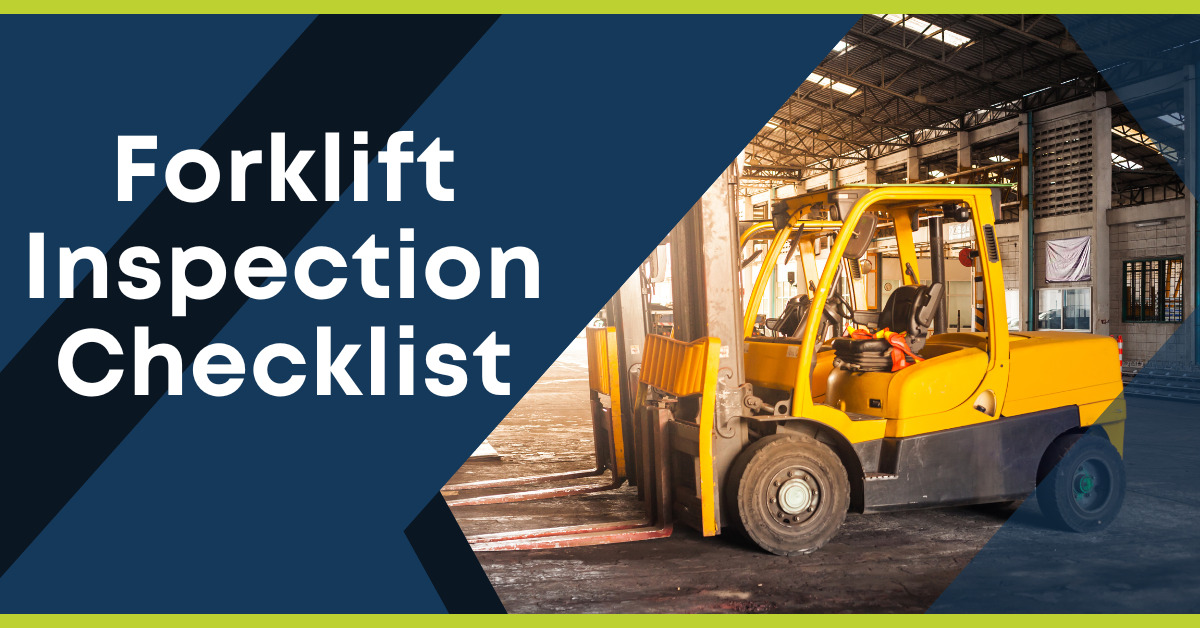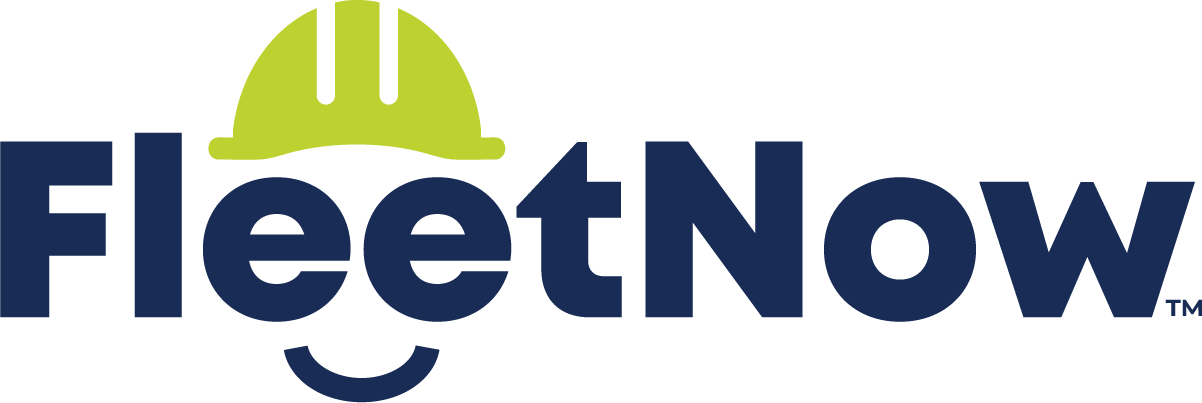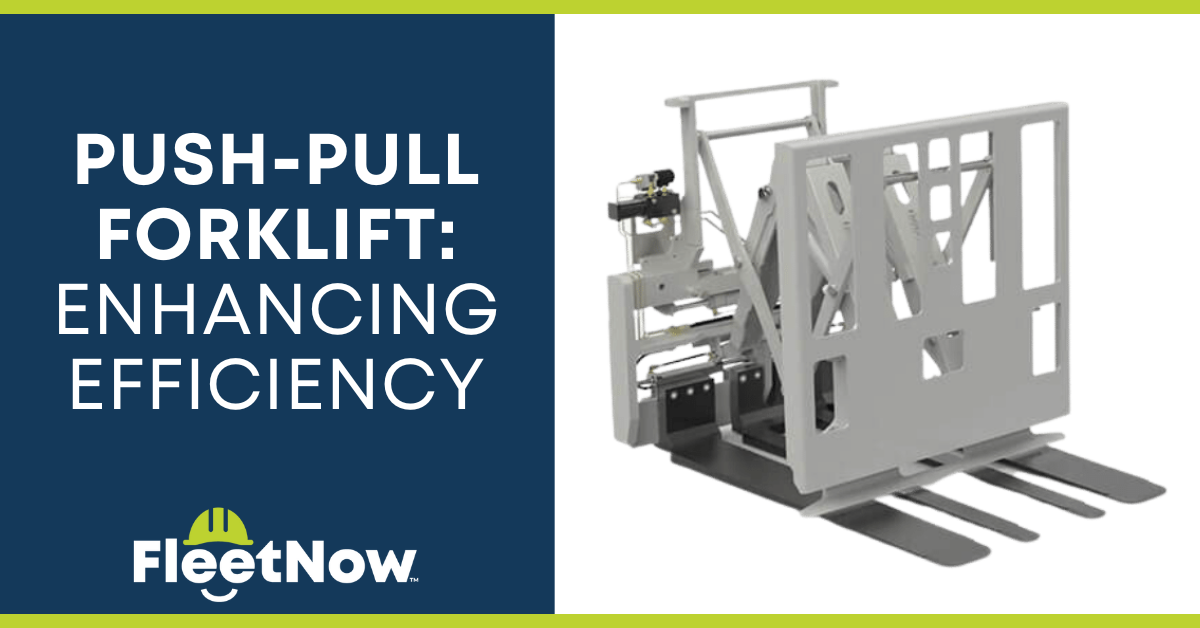Forklift Inspection Checklist
Forklifts are vital tools in many industries, serving as workhorses that streamline material handling and contribute to operational efficiency. Ensuring their safe operation is crucial. Using an inspection app, or a checklist, like the 3 comprehensive forklift inspection checklists below, provides a systematic approach to assessing the condition of your forklift before each use.
The Importance of Inspection
Regular inspections of forklifts are of paramount importance for both the safety of personnel and the efficient operation of a workplace. Forklifts, with their formidable lifting capabilities and maneuverability, can quickly become hazardous if not properly maintained. Inspections before use serve as a crucial preventive measure by identifying potential issues before they escalate into dangerous situations. These inspections encompass various aspects of the forklift, including its mechanical components, safety features, and overall functionality.
By conducting routine inspections, operators and maintenance personnel can catch and address problems such as worn-out brakes, leaky hydraulic systems, malfunctioning lights, or damaged safety mechanisms. Adhering to a rigorous inspection schedule helps ensure compliance with safety regulations, reducing the risk of accidents and the associated legal and financial repercussions. Ultimately, investing time and effort into forklift inspections is an investment in workplace safety and operational efficiency, which benefits both employees and employers alike.
Forklift Inspection: What Must You Do?
The Occupational Safety and Health Administration (OSHA) provides guidelines for forklift inspections to ensure safe operation in the workplace. A forklift inspection should be conducted daily before each shift and includes both a pre-operational and operational inspections. If problems are discovered, they must be reported, and the forklift must be removed from service immediately.
What Should Go Into a Forklift Daily Check
While specific checklists make vary slightly depending on the forklift’s make and model, key components that should go into the forklift daily check include:
Any issues or defects identified during the daily check should be reported immediately, and the forklift should not be used until repairs or maintenance are completed. Proper documentation of these checks is essential for safety records and compliance with regulations. Always refer to the specific guidelines provided in your forklift’s manual, and any additional requirements or procedures set by your employer.
Electric Forklifts Pre-Operation Checklist
When inspecting your electric forklift, check the following:
Internal Combustion Cushion and Pneumatic Forlifts Pre-Operation Checklist
When inspecting your internal combustion forklift, check the following:
Reach Trucks and Order Pickers Pre-Operation Checklist
When inspecting your reach trucks and order pickers, check the following:








